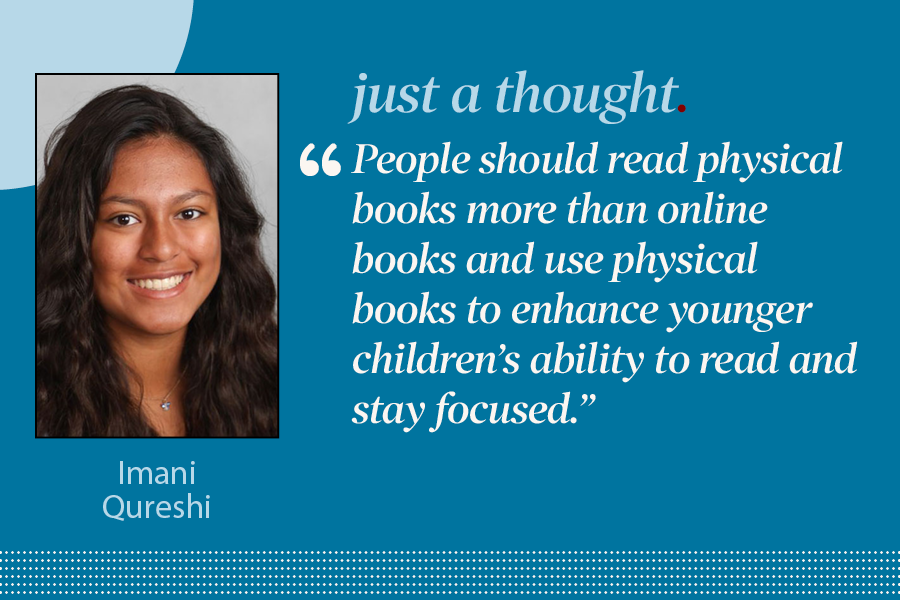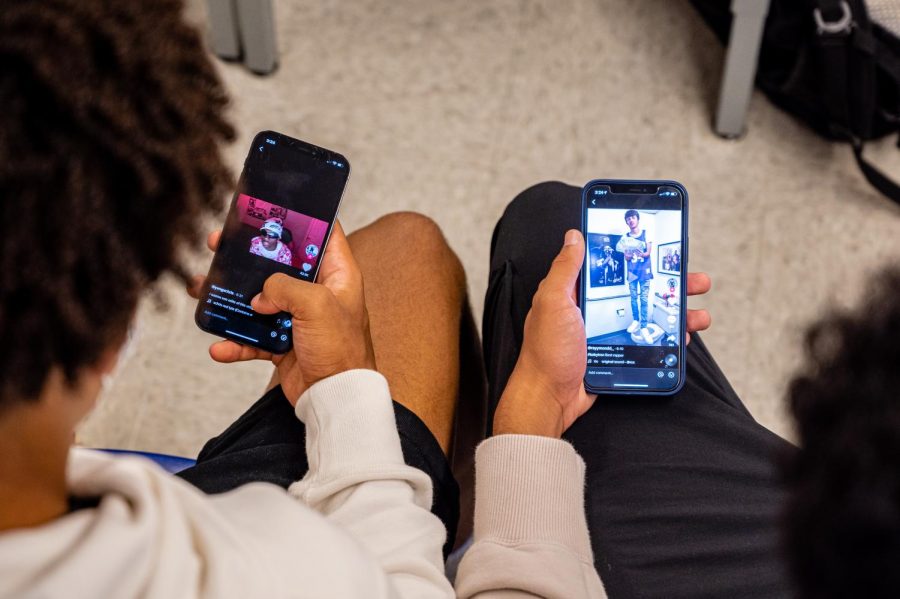Split-Tok: Algorithm boxes students in “sides” of TikTok
Students scroll through their “For You” pages: never-ending streams of videos curated by TikTok’s algorithm. While the algorithm can bring help members of a community or fanbase together, it can just as easily create isolated “echo chambers.”
September 30, 2021
From five-minute fame to five-hour scrolling periods, practically every U-High student has some experience with TikTok. The app has risen to the top of the social media hierarchy in the past couple of years. But behind the dances, music and celebrities lies a complex algorithm that some students have noticed interfering with their pages.
For better or for worse, U-High TikTok users have found themselves part of tight niches, or “sides” of TikTok, ranging from Alt. TikTok to Political TikTok. While the algorithm can be helpful, some find it hard to escape.
Senior Kai McManus has noticed that since the beginning of their time using TikTok, some particular categories of videos have popped up most.
“I get a mix, but there’s definitely definable categories within the mix that I have,” Kai said. “I get a lot of activism, I also get a lot of educational and I get a lot of art.”
Freshman Theo Hinerfeld has also noticed sides of TikTok. Many of his videos are political, and they all align with his own beliefs.
As it turns out, the TikTok algorithm has been designed to do just this. The app tracks everything from time spent watching a post to what accounts are followed to the comments that a user posts. In doing so, the app’s algorithm keeps feeding the user content that is most likely to be of interest.
Theo worries that this kind of polarization, particularly when it is political, could have a negative effect on some users that don’t get their news from other sources as well.
“It’s definitely one-sided and it doesn’t give a full perspective,” Theo said. “We’re seeing only one thing, but not necessarily everything that we need to see.”
Junior Juan Chaides also expressed this concern, adding that a place like TikTok might not be the best place to facilitate serious conversations in general, especially when they are related to identity.
“You have to tread these topics lightly, because a lot of the top topics that are causing polarization can really shock people,” Juan said. “If it’s delivered the wrong way, you’ll get the wrong sort of idea.”
Senior Benjamin Nava expressed that this phenomenon can be expanded beyond identity. It’s part of what makes the app so addicting. When he opens up TikTok, he can be sure to find something that aligns with his own interests and beliefs.
Ardith Huner, a senior, added that these sides of TikTok are part of why she stopped using the app.
“As soon as you click on one video, a bunch more pop up,” Ardith said. “You get into scrolling a lot and then time passes and then you realize how much time passed.”
However, Kai believes that there are positive parts of TikTok, too. Even though polarization can be an issue, students can also find communities within the bounds of the app.
Whether obvious or not, similar user trends of polarization can occur in most forms of social media.
“It’s not a great thing in general, but I don’t think that you can say that without talking about all social media,” Kai said. “It happens with everything.”































































